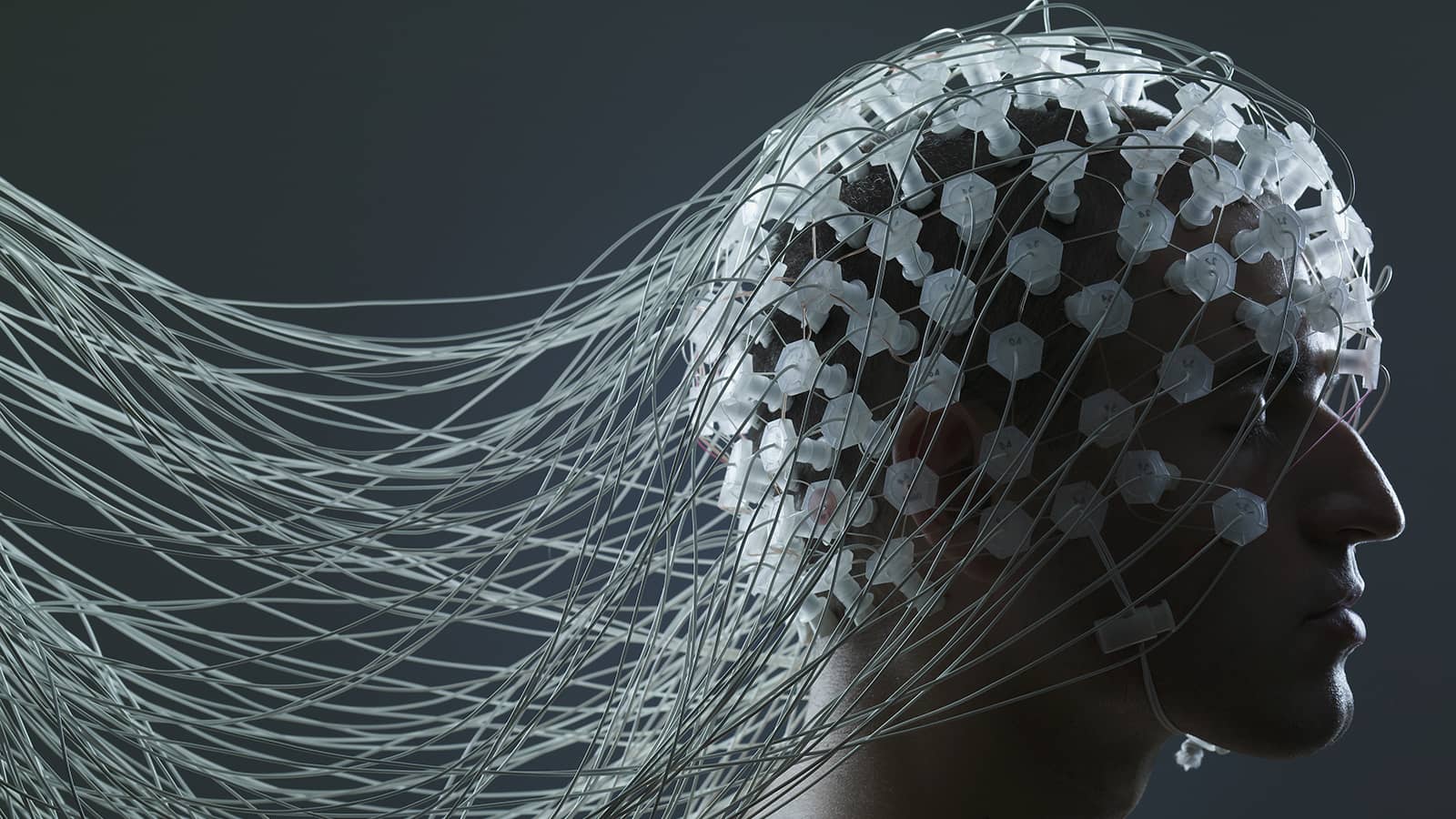What will be the demise of the human race? We all think that it will be a nuclear war or climate change. Stephen Hawking and Elon Musk, however, think that it will be technology and artificial intelligence. Looking at the phases of advancements that the technology has reached in the past few years, it is easier to believe the latter one.
A team of researchers from the Wits University in Johannesburg, South Africa has achieved a groundbreaking feat in the field of biomedical engineering by linking the human brain to the internet. Medical Express recently featured a release stating that the scientists have connected the human brain to the internet in real time for the first time. Tagged as the “Brointernet,” the project is aimed at turning our brain “into an Internet of Things (IoT) node on the World Wide Web.”
The device gathers brainwave EEG signals using an Emotiv EEG device that is connected to the user’s head. The brain signals are communicated to a Raspberry Pi computer that streams this data to an application programming interface. This data is then displayed on an open website for anyone to view. Adam Pantanowitz, the supervisor of the project who is also a lecturer at the Wits School of Electrical and Information Engineering, said,
“Brainternet is a new frontier in brain-computer interface systems. There is a lack of easily understood data about how a human brain works and processes information. Brainternet seeks to simplify a person’s understanding of their own brain and the brains of others. It does this through continuous monitoring of brain activity as well as enabling some interactivity.”
According to the supervisor, this only marks the start of endless possibilities, and the team is working on a more interactive experience between the website and human brain. The website already holds this functionality, but it is quite limited. Pantanowitz adds,
“Brainternet can be further improved to classify recordings through a smartphone app that will provide data for a machine-learning algorithm. In future, there could be information transferred in both directions – inputs and outputs to the brain.”
Once the technology develops into a usable application, it will offer endless opportunities in the field of machine learning and brain-computer interfaces. The project would also offer us a better understanding of our brains.
I know you are both scared as well as excited. Fingers crossed!


